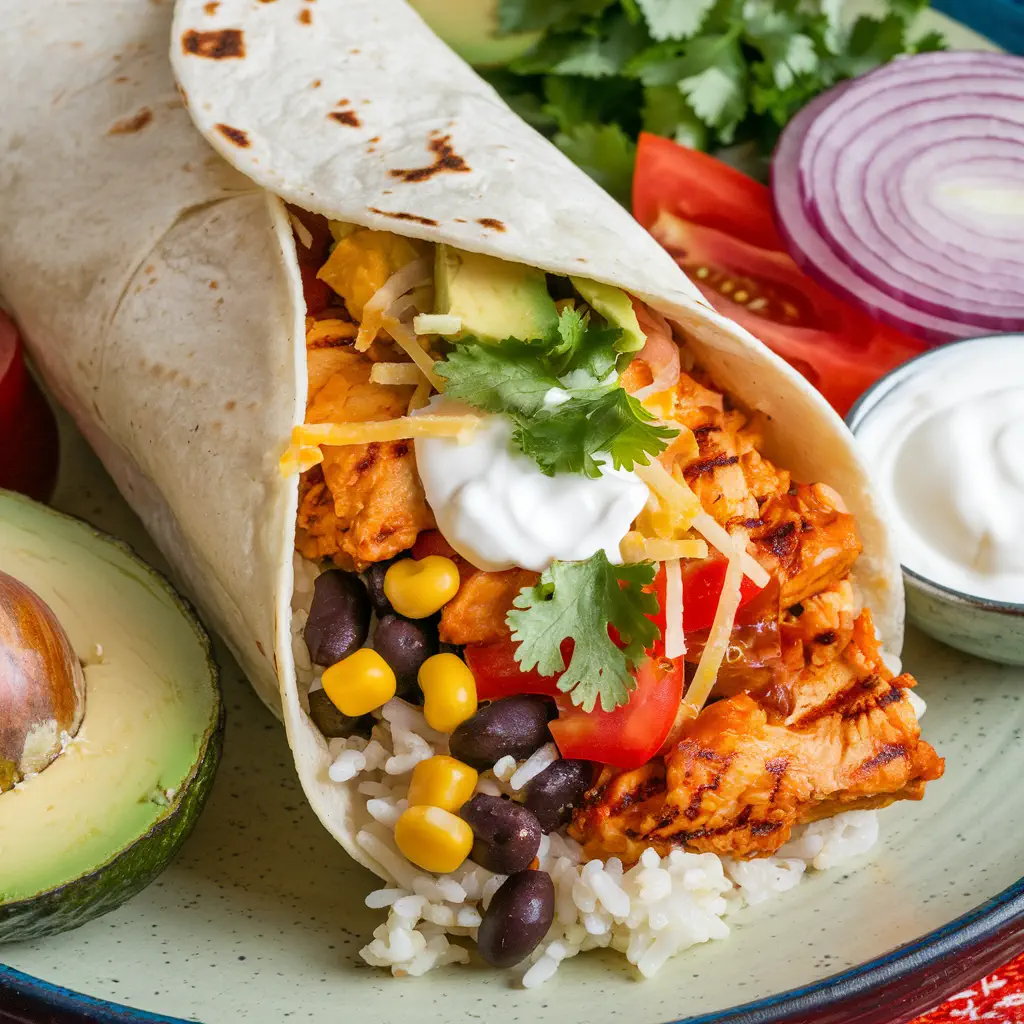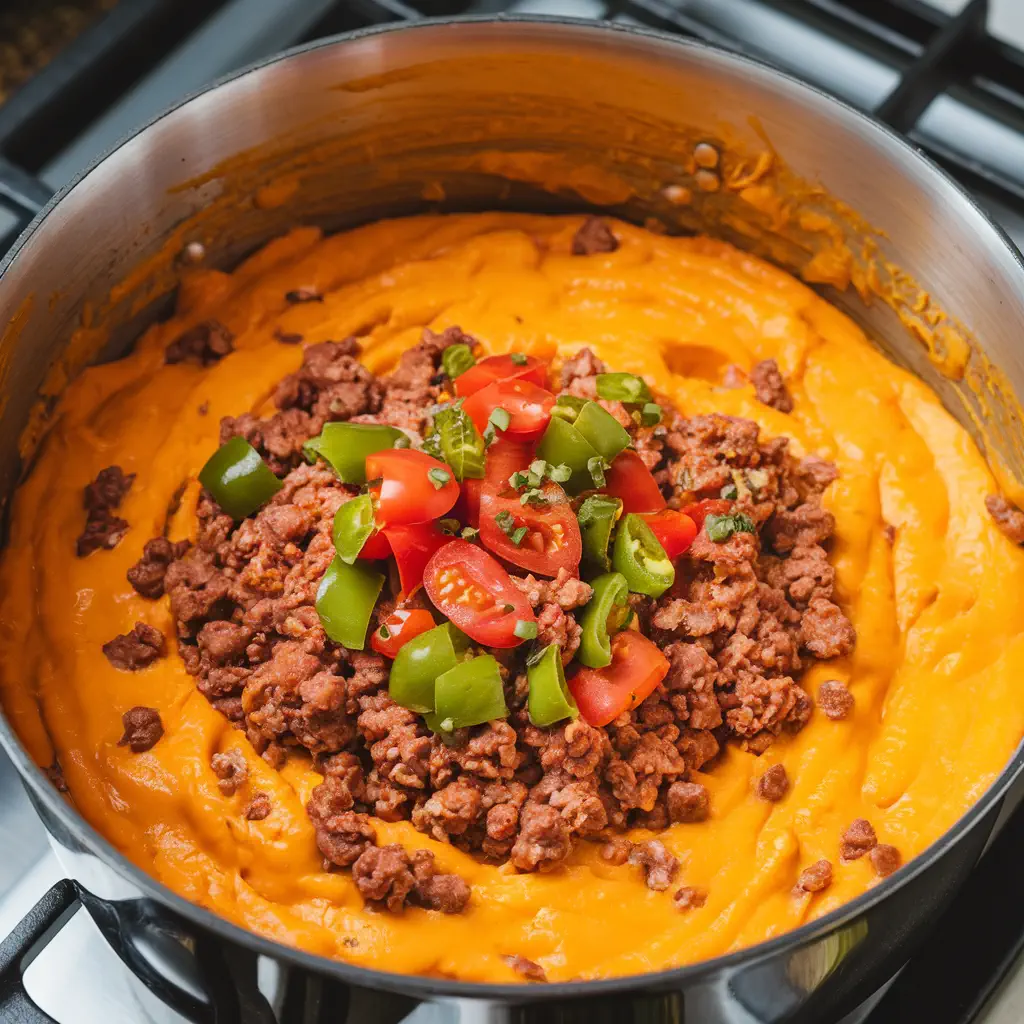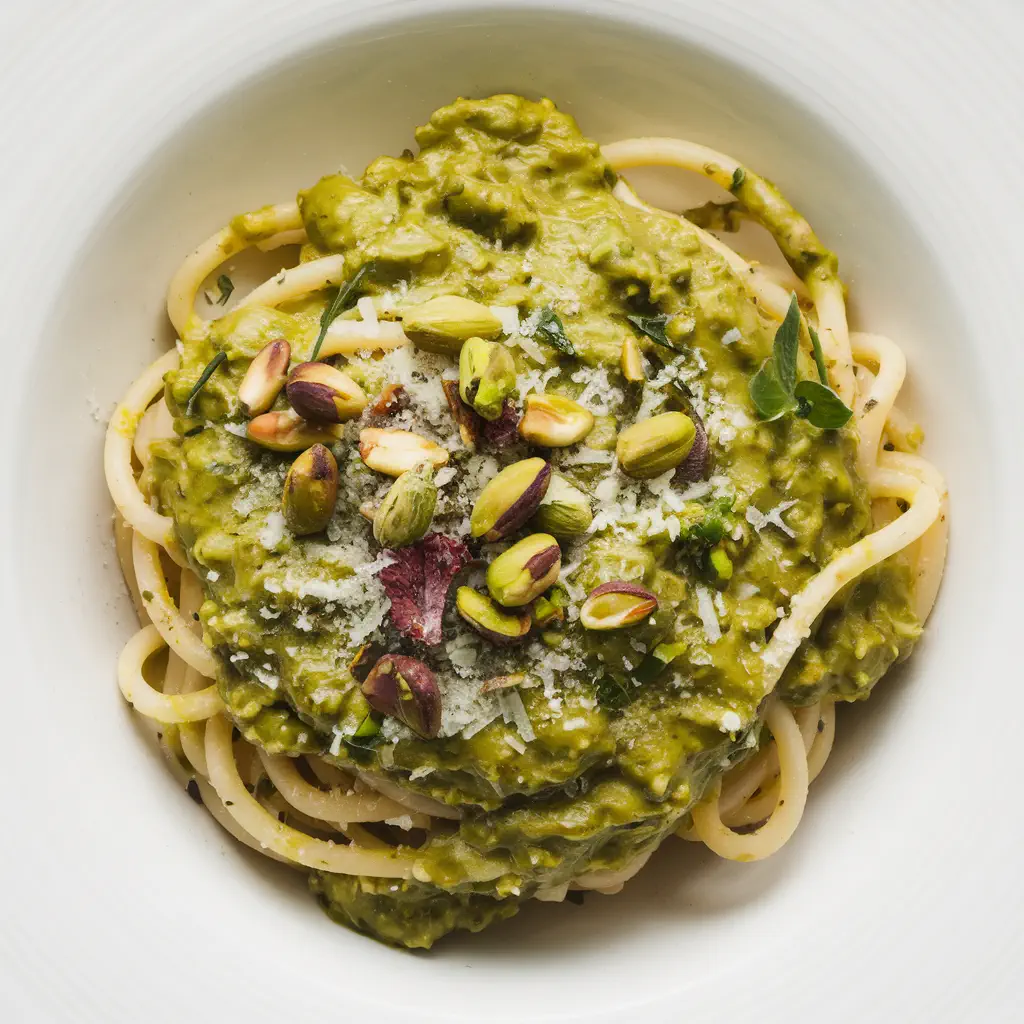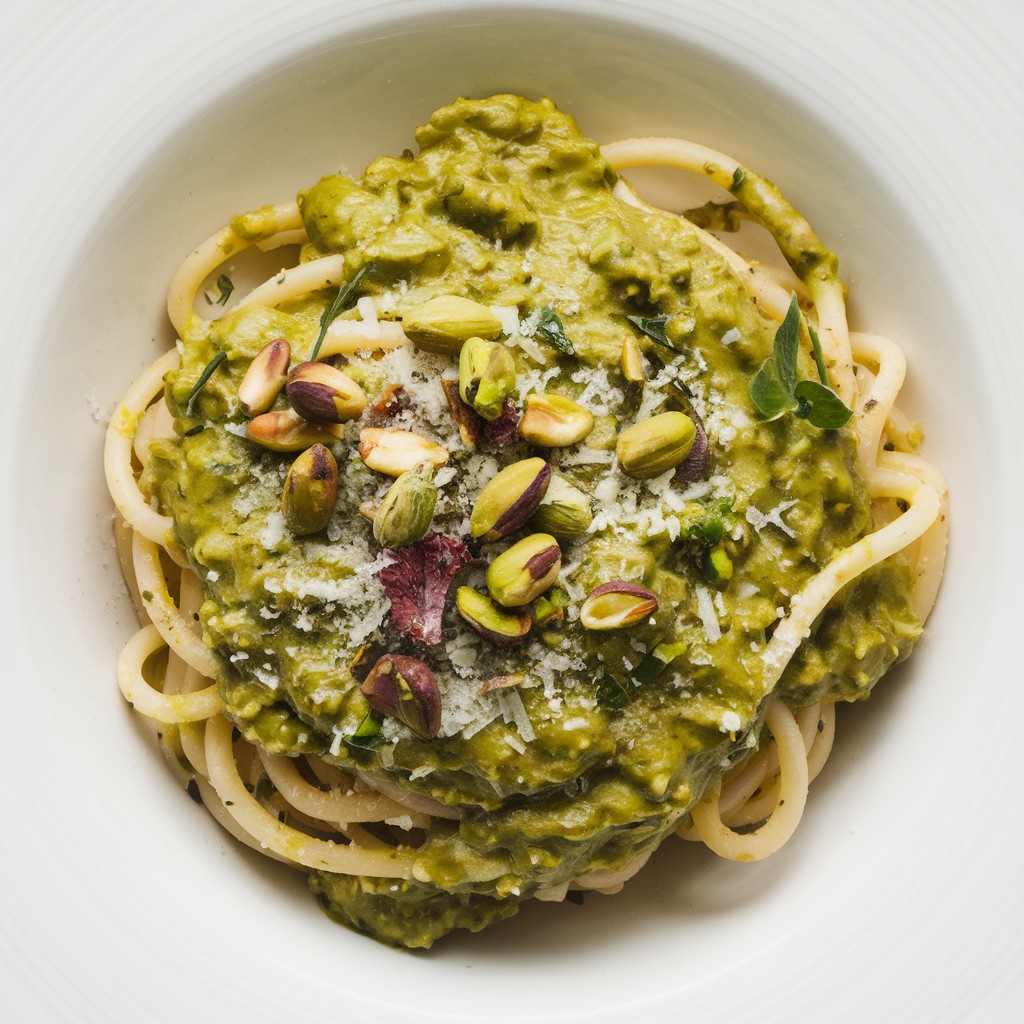
Introduction
Imagine this : A fork-tender piece of chicken, smothered in a rich, velvety gravy so luxurious it makes your taste buds dance with joy. The kind of gravy that turns a simple meal into a comfort food symphony, bringing families together and creating memories with every savory spoonful. If you’ve ever wondered how to create the most incredible chicken gravy that will have everyone asking for seconds, you’re in exactly the right place. This comprehensive guide will take you from gravy novice to sauce master, unlocking the secrets professional chefs have guarded for generations.
Why Chicken Gravy is More Than Just a Sauce
Chicken gravy isn’t just a condiment – it’s a culinary art form that can elevate even the most modest of meals from mundane to magnificent. Whether you’re preparing a Sunday roast, a weeknight dinner, or looking to impress your in-laws, mastering the perfect chicken gravy is a skill that will serve you for a lifetime.
In many ways, gravy is the unsung hero of the dining table. It bridges flavors, adds moisture, and creates a harmonious connection between proteins and sides. A well-crafted chicken gravy doesn’t just complement your meal – it completes it.
The Rich History of Gravy in Global Cuisines
Before we dive into the practical aspects of gravy-making, let’s appreciate its storied history. Gravy has existed in various forms across cultures for centuries. The French call it “sauce,” the Italians have their “sugo,” and British and American traditions have elevated gravy to an art form.
In medieval European cooking, gravies were often thickened with bread instead of flour. Native American cooking traditions incorporated corn as a thickening agent long before European contact. Understanding these historical contexts helps us appreciate the evolution of the simple yet profound chicken gravy we know today.
The Science Behind Perfect Gravy
Creating the ultimate chicken gravy is a delicate balance of technique, ingredients, and timing. It’s about understanding how flour, fat, and liquid come together to create a smooth, flavorful sauce that clings perfectly to your chicken and side dishes.
At its most fundamental level, gravy is an emulsion – a mixture of two liquids that wouldn’t normally combine. The science involves starches (usually flour) that gelatinize when heated with liquid, causing the mixture to thicken. Meanwhile, the fat component carries flavor compounds that would otherwise remain insoluble in water-based liquids.
Ingredients: The Foundation of Phenomenal Chicken Gravy
Essential Ingredients
- 4 tablespoons chicken drippings or butter
- 4 tablespoons all-purpose flour
- 2 cups chicken stock (preferably homemade)
- 1/2 teaspoon salt (adjust to taste)
- 1/4 teaspoon freshly ground black pepper
- Optional: 1 teaspoon fresh thyme leaves, finely chopped
- Optional: 1 small clove garlic, minced
- Optional: 1 tablespoon heavy cream
Pro Tip Ingredient Selection
Choosing high-quality ingredients is the first step to extraordinary gravy. Free-range chicken stock, freshly ground black pepper, and real butter can make a world of difference in your final product.
The Truth About Butter vs. Drippings
While butter makes an excellent substitute when drippings aren’t available, nothing compares to the complex flavor of fresh chicken drippings. These drippings contain concentrated chicken essence, caramelized bits (fond), and rendered fat that simply cannot be replicated.
If using butter, consider adding a teaspoon of Better Than Bouillon chicken base or a quarter teaspoon of poultry seasoning to approximate the depth of flavor in drippings.
Chicken Stock: Store-Bought vs. Homemade
Homemade stock will always yield superior results, but high-quality store-bought stocks can still produce excellent gravy. Look for low-sodium options to control salt levels in your final product. Brands like Kitchen Basics and Pacific Foods offer respectable alternatives to homemade.
If using store-bought stock, consider enhancing it by simmering with a few chicken wing tips, a small carrot, and a piece of celery for 30 minutes, then straining before using in your gravy.
Step-by-Step Guide to Gravy Perfection
Preparing Your Base
1- Collect Drippings: After roasting a chicken, collect those golden-brown drippings from the pan. They’re liquid gold for your gravy.
2- Separate Fat: Allow the drippings to settle in a glass measuring cup. The fat will rise to the top, making it easy to separate.
3- Measure Fat: You’ll need approximately 4 tablespoons of fat. If you don’t have enough from the drippings, supplement with butter.
Creating the Perfect Roux
The roux is the thickening foundation of your gravy, and getting it right is crucial for texture and flavor.
1- Heat the Fat: In a heavy-bottomed saucepan, heat your chicken fat or butter over medium heat until melted and hot.
2- Add Flour Gradually: Sprinkle the flour over the fat while whisking continuously to prevent lumps.
3- Cook the Roux: Continue whisking for 3-5 minutes. This cooking process is essential for two reasons:
- It eliminates the raw flour taste
- It determines the color and flavor depth of your final gravy
Roux Color Guide:
- Blonde Roux (2-3 minutes): Lighter color and flavor, suitable for cream-based chicken gravies
- Medium Roux (4-5 minutes): Golden brown, nutty flavor, ideal for traditional chicken gravy
- Dark Roux (6-8 minutes): Deep brown, more robust flavor, better suited for beef gravies but can work with chicken for a more intense flavor profile
Technique Matters
The secret to smooth gravy lies in your technique. Whisk continuously, add liquid gradually, and never rush the process. Patience is the invisible ingredient that transforms good gravy into great gravy.
1- Add Stock Gradually: Pour in your chicken stock slowly, about 1/4 cup at a time, whisking vigorously between additions to maintain smoothness.
2- Maintain Temperature: Keep your heat at medium to medium-low. Too high, and the gravy might break; too low, and it won’t thicken properly.
3- Simmer Gently: Once all stock is incorporated, allow the gravy to simmer gently for 5-10 minutes, stirring occasionally. This develops flavor and achieves the perfect consistency.
Seasoning Your Masterpiece
Seasoning should be done toward the end of the cooking process, as reduction will concentrate flavors.
1- Taste First: Always taste before adding salt, especially if your stock or drippings were seasoned.
2- Add Herbs: If using fresh herbs like thyme or rosemary, add them in the last 2-3 minutes of cooking.
3- Final Adjustments: A splash of cream, a dash of soy sauce, or a few drops of lemon juice can all be secret weapons for balancing and enhancing flavor.
Common Chicken Gravy Challenges and Solutions
Problem 1: Lumpy Gravy
Challenge: Flour clumps that make your gravy look more like wet cement than a silky sauce.
Solution:
- Sift flour before adding to the fat
- Whisk vigorously during incorporation
- Use a fine-mesh strainer if lumps form
- Consider using a hand blender (immersion blender) to smooth out stubborn lumps
- Mix flour with cold water to create a slurry before adding to hot liquid
*Prevention Tip : Always add flour to fat, not liquid to flour, and incorporate gradually while whisking constantly.
Problem 2: Bland Flavor
Challenge: Gravy that tastes flat and uninspired.
Solution:
- Use homemade or high-quality stock
- Add depth with herbs and seasonings (thyme, sage, garlic powder)
- Consider a splash of white wine (reduced before adding other liquids)
- Incorporate pan drippings for extra flavor
- Add umami with a small amount of soy sauce, Worcestershire sauce, or nutritional yeast
- Roast chicken bones and vegetables before making stock
- Use a splash of sherry vinegar or lemon juice to brighten flavors
* Chef’s Secret: A pinch of MSG (monosodium glutamate) can dramatically enhance savory flavors without adding an identifiable taste of its own.
Problem 3: Too Thin or Too Thick
Challenge: Gravy consistency that’s more like water or paste.
Solution:
- For thin gravy: Continue simmering to reduce and concentrate
- For thin gravy as a quick fix: Create a flour/cornstarch slurry (mixed with cold water) and gradually whisk in
- For thick gravy: Gradually add more stock, whisking continuously
- Use cornstarch as an alternative thickener for gluten-free options (1 tablespoon cornstarch mixed with 1 tablespoon cold water per cup of gravy)
* Pro Tip: The ideal gravy should coat the back of a spoon but still flow smoothly when poured.
Problem 4: Greasy or Separated Gravy
Challenge: Gravy with a visible oil slick on top or a broken appearance.
Solution:
- Skim excess fat from the surface with a spoon
- Whisk vigorously to re-emulsify
- Add a small amount of cold stock while whisking
- For prevention, ensure proper ratio of fat to flour (generally 1:1)
- Use a fat separator for drippings
* Scientific Tip: A properly made roux creates a stable emulsion that prevents separation if the ratio of fat to flour is balanced.
Problem 5: Skin Formation
Challenge: A skin forms on top of the gravy when it sits.
Solution:
- Place plastic wrap directly on the surface of the gravy when storing
- Stir occasionally while the gravy sits in a serving vessel
- A small pat of butter floated on top prevents skin formation
- Cover with a lid when not actively serving
Flavor Variations to Elevate Your Gravy Game
Herb-Infused Chicken Gravy
Experiment with fresh herbs like:
- Thyme: Earthy, subtle flavor that pairs beautifully with chicken
- Rosemary: Aromatic, pine-like notes (use sparingly)
- Sage: Traditional poultry herb with a distinctive flavor
- Parsley: Adds freshness when added at the end of cooking
- Tarragon: Licorice-like notes that complement chicken beautifully
* Method : Add hardy herbs (thyme, rosemary, sage) during cooking, and delicate herbs (parsley, chives) just before serving.
Creamy Variations
- Add 2-3 tablespoons of heavy cream for richness
- Incorporate 1 ounce of cream cheese for extra smoothness
- Use 1/4 cup half-and-half for a lighter creamy touch
- Add 2 tablespoons of plain Greek yogurt for tanginess and creaminess
* Technique Tip: When adding dairy products, reduce heat to low and incorporate gradually to prevent curdling.
Mushroom Chicken Gravy
- Sauté 1/2 cup finely chopped mushrooms in butter before making the roux
- Use mushroom stock for an earthy twist
- Add 1 teaspoon of dried porcini powder for intense mushroom flavor
- Finish with a splash of sherry for elegance
* Gourmet Touch: For special occasions, use wild mushrooms like chanterelles or morels instead of button mushrooms.
Wine-Enhanced Chicken Gravy
- Reduce 1/4 cup white wine before adding stock
- Try marsala for a sweet-savory profile
- Use sherry for nutty depth
- Add a splash of dry vermouth for herbal notes
* Important Note: Always cook alcohol thoroughly to mellow the flavor and cook off the alcohol content.
Global Flavor Profiles
– French Influence: Add a pinch of herbes de Provence and finish with a dot of Dijon mustard
– Italian Touch: Incorporate roasted garlic and a pinch of dried oregano
– Asian Fusion: Add a small amount of ginger, garlic, and a splash of soy sauce
– Southern Comfort: Include a dash of hot sauce and a pinch of cayenne
– Mediterranean Style: Finish with lemon zest and a sprinkle of freshly chopped parsley
Nutritional Considerations
While delicious, chicken gravy is typically high in calories and fat. Moderation is key. A typical serving contains:
- Approximately 50-70 calories per 1/4 cup
- 4-6 grams of fat
- 2-3 grams of protein
- Varying sodium levels (often 300-500mg per serving)
Healthier Alternatives
- Use olive oil instead of butter for heart-healthy fats
- Replace some flour with cornstarch for fewer calories
- Incorporate low-sodium chicken stock to reduce salt
- Add pureed vegetables (roasted cauliflower, celery root) for thickness and nutrition
- Skim fat from drippings before using
- Use unsalted butter to control sodium content
- Try arrowroot powder as a gluten-free, lower-calorie thickener
* Dietary Adaptation: For keto or low-carb diets, use xanthan gum (1/4 teaspoon per cup of liquid) instead of flour as a thickener.
Make-Ahead and Batch Cooking Tips
Preparing in Advance
Gravy can be made up to 3 days ahead of serving time, making it perfect for reducing stress during big meals.
- Cook completely and cool quickly
- Store in airtight containers
- Reheat gently, whisking occasionally
- You may need to add a splash of stock when reheating
Freezing Gravy
Yes, you can freeze gravy! Follow these guidelines:
- Cool completely before freezing
- Store in airtight containers, leaving 1/2 inch headspace for expansion
- Freeze for up to 3 months
- Thaw overnight in refrigerator
- Reheat gently, whisking to recombine if separation occurs
* Pro Tip: Freeze gravy in ice cube trays, then transfer the frozen cubes to a freezer bag for convenient small portions.
Storage and Reheating Tips
Refrigeration
- Store in an airtight container
- Keeps fresh for 3-4 days
- Allow to cool completely before storing (within 2 hours of cooking)
- Place plastic wrap directly on the surface to prevent skin formation
Reheating
- Gentle reheat on stovetop over medium-low heat
- Whisk occasionally to maintain smooth texture
- Add a little stock if too thick (1-2 tablespoons at a time)
- Microwave at 50% power, stirring every 30 seconds
- Avoid boiling, which can cause separation
* Food Safety Tip: Gravy should be reheated to 165°F (74°C) for food safety and should only be reheated once.
Cultural and Culinary Significance
Chicken gravy transcends mere cooking – it’s a cultural connector. From Southern American kitchens to British Sunday roasts, gravy represents comfort, tradition, and love served on a plate.
Global Gravy Inspirations
- American Southern-style cream gravy: Typically made with milk and served with chicken-fried steak or biscuits
- French “sauce supreme”: A refined chicken velouté finished with cream
- British roast dinner gravy: Rich, dark, and essential to Sunday tradition
- German Jagdsoße (hunter’s sauce): Incorporates mushrooms and sometimes sour cream
- Italian sugo d’arrosto: Often made with wine and served with roasted meats
Equipment Essentials for Perfect Gravy
Must-Have Tools
1- Heavy-bottomed saucepan: Distributes heat evenly to prevent burning
2- Whisk: A balloon whisk works best for incorporating ingredients smoothly
3- Measuring cups and spoons: For precise ingredient ratios
4- Fine-mesh strainer: To ensure silky-smooth results
5- Fat separator: Helps remove excess grease from drippings
6- Gravy boat: Not just decorative – the design keeps gravy warm longer
Nice-to-Have Equipment
- Immersion blender: Rescues lumpy gravy in seconds
- Wooden spoon with flat edge: Helps scrape up flavorful fond from roasting pans
- Silicone spatula: For getting every last drop from the pot
Pairing Your Perfect Gravy
Classic Pairings
- Roast chicken with mashed potatoes
- Turkey and stuffing
- Biscuits for a traditional Southern breakfast
- Yorkshire pudding for a British-inspired meal
Unexpected Applications
- Drizzled over roasted vegetables
- As a base for pot pie filling
- Tossed with pasta for a simple comfort food dish
- As a dipping sauce for crusty bread
- Added to casseroles for moisture and flavor
Final Thoughts: More Than Just a Sauce
Creating the perfect chicken gravy is an art form that combines science, technique, and a dash of love. It’s about transforming simple ingredients into something that brings people together, creates memories, and turns an ordinary meal into an extraordinary experience.
Your Gravy Adventure Begins Now
Don’t just read this recipe – live it, cook it, share it! Imagine the smiles around your dinner table, the compliments flowing as freely as your perfectly crafted gravy. Every great chef started somewhere, and today, that somewhere is right here, right now.
Grab your whisk, channel your inner culinary artist, and let’s make gravy magic happen!
Troubleshooting FAQs
Q: Why does my gravy always get lumpy?
A: Lumps typically form when flour meets hot liquid directly. Always make a roux with fat first, and add liquid gradually while whisking continuously.
Q: Can I make gravy without drippings?
A: Absolutely! Use butter instead of drippings and enhance flavor with good-quality stock, herbs, and perhaps a bit of Better Than Bouillon or other flavor concentrate.
Q: How do I fix gravy that’s too salty?
A: Add unsalted stock, a peeled potato chunk (remove before serving), or a small amount of cream to balance saltiness. Avoid adding water, which dilutes flavor.
Q: Can I make gluten-free chicken gravy?
A: Yes! Use cornstarch, arrowroot, or a gluten-free flour blend instead of wheat flour. Mix with cold water to create a slurry before adding to hot liquid.
Q: Why did my gravy turn out lighter/darker than expected?
A: The color of gravy depends on how long you cook the roux. For darker gravy, cook the flour and fat mixture longer before adding liquid.
Expert Tips from Professional Chefs
- Chef Tip #1: Save and freeze chicken bones and vegetable scraps to make homemade stock when you have enough.
- Chef Tip #2: A splash of apple cider vinegar or white wine brightens flavors without making the gravy taste acidic.
- Chef Tip #3: For special occasions, infuse your stock with aromatic ingredients like whole peppercorns, bay leaves, and parsley stems.
- Chef Tip #4: When making large batches, divide the process – make roux in one pot and heat stock in another before combining.
- Chef Tip #5: The best gravy makers taste frequently and adjust as they go, not just at the end.
Sustainability in Gravy Making
Making gravy is inherently sustainable – it uses parts of the chicken (drippings, bones for stock) that might otherwise be discarded. To further your eco-friendly cooking:
- Use every part of the chicken for minimal waste
- Make stock from leftover bones and vegetable trimmings
- Store gravy in reusable glass containers
- Compost any unused herbs or vegetable scraps
- Freeze excess gravy rather than discarding it
A Personal Note on Gravy Traditions
Gravy-making is often a skill passed down through generations, with subtle techniques and personal touches that make each family’s version unique. Consider starting a gravy journal to document your experiments and successes, creating your own legacy recipe to pass along.
Bon appétit!







